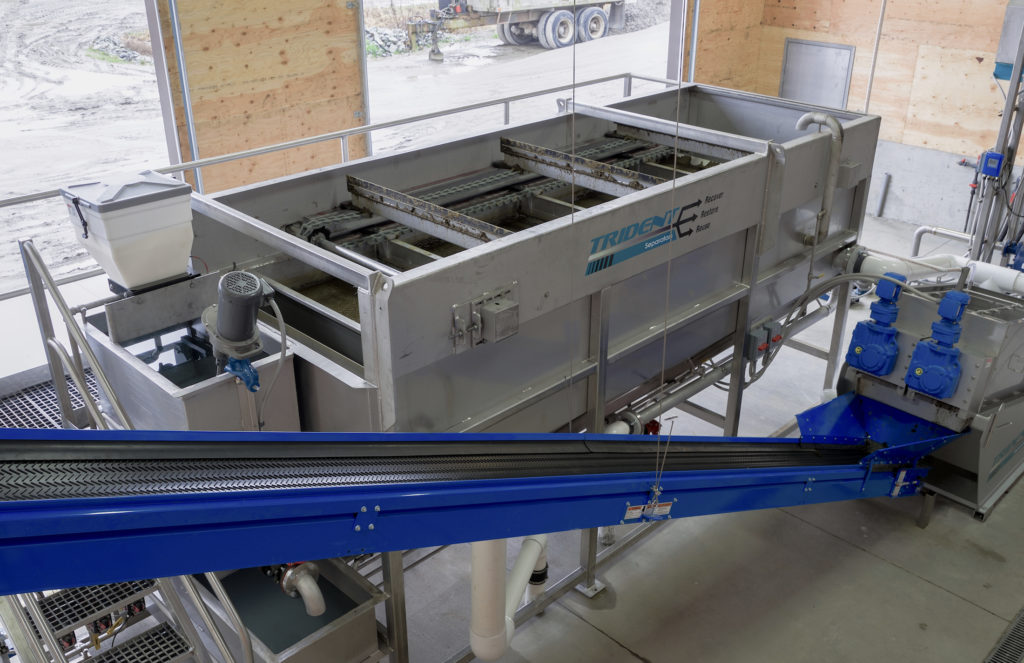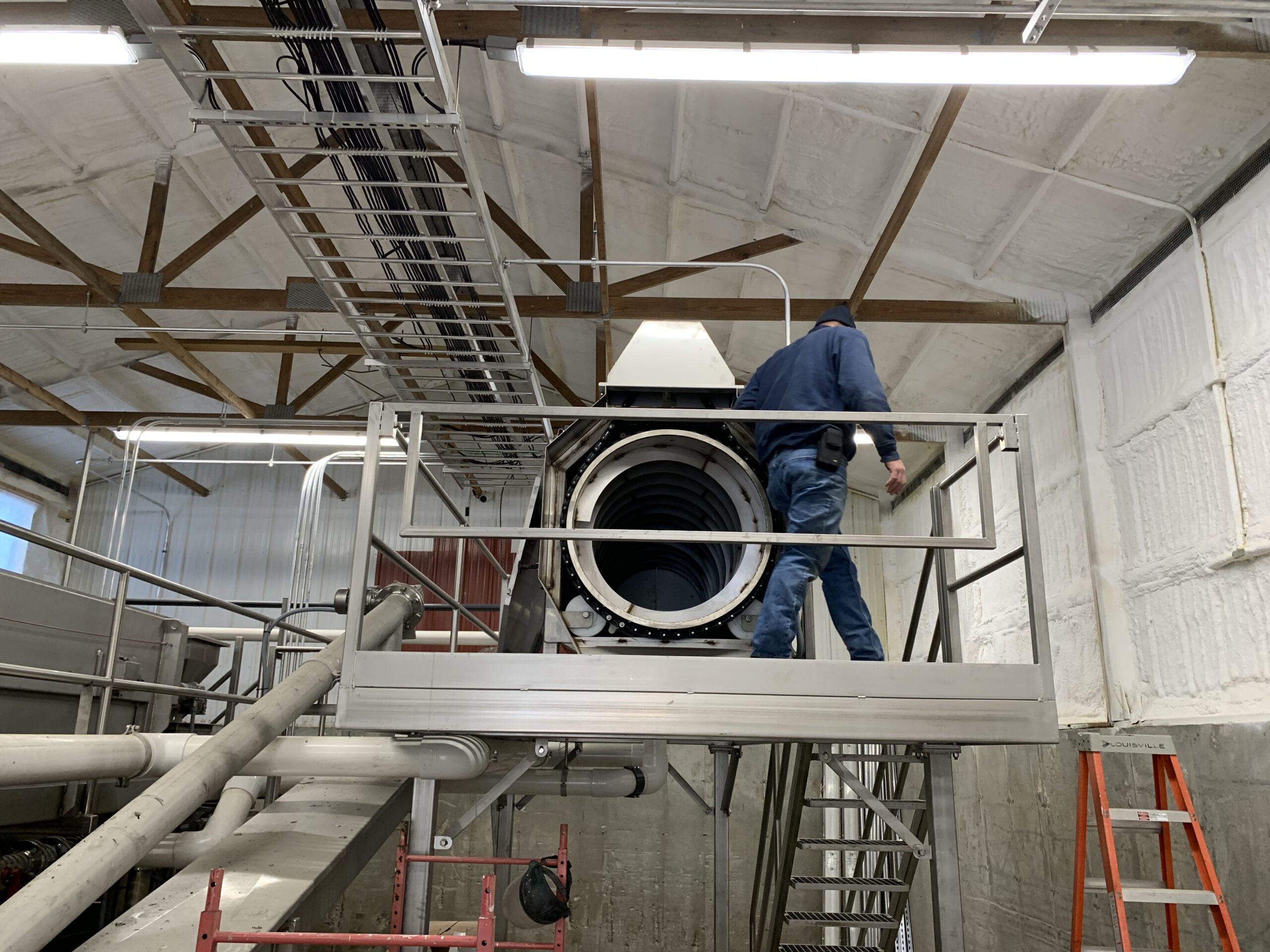First on-farm phosphorus removal system protects watershed – June 14th, 2021. Vermont dairy Goodrich Farm…
Phosphorus recovery from manure
Abbotsford, BC – March 4th, 2020. Recent business news have reported on how the coronavirus outbreak impacts the global supply and logistics network. The distribution of Phosphorus is also impacted, which made the key ingredient for soil nutrient a scarce commodity for many buyers. What hopefully will only be a short term disruption, also makes clear that our planet is facing a substantial challenge. The world’s Phosphate reserves are expected to be exhausted in about 25 to 100 years. Depending on what study you choose to trust. One thing all these studies have in common is the simple fact that the phosphate reserves are finite.
Now it’s easier to understand why the option of phosphorus recovery is gaining popularity. Especially if it’s Phosphorus from a natural reoccurring resource like manure. It’s long been a subject for researchers, farming advocates and technology providers; experts that are close to the matter if you will. But it now reaches a broader audience, too.
Can Phosphorus recovery in agriculture make a difference?
Resource recovery technologies from companies like Trident are being recognized as viable options that address both economic aspects and environmental concerns. Obviously, the industry is not at the level yet to backup the global Phosphorus supply in the case of sudden disruptions like we are experiencing now with the virus outbreak. But there are many Phosphorus recovery projects that prove the concept is successful at a local and regional level. And as you guessed right, this is where it starts.

A treatment system for phosphorus recovery processes manure on a 350 cow dairy farm in British Columbia, Canada.
Dairy farmers process the manure from their barns and land apply the recovered nutrients to grow their crops. And because the nutrients are now highly concentrated they can utilize them on the fields when and where it makes the most sense agronomically. To be clear, this is a completely different approach than liquid manure spreading, which has been around for many generations and is more focused on “disposing of a problem”. In fact, nutrient recovery is considered to be one of the most significant disruptions in recent dairy farming practices.

